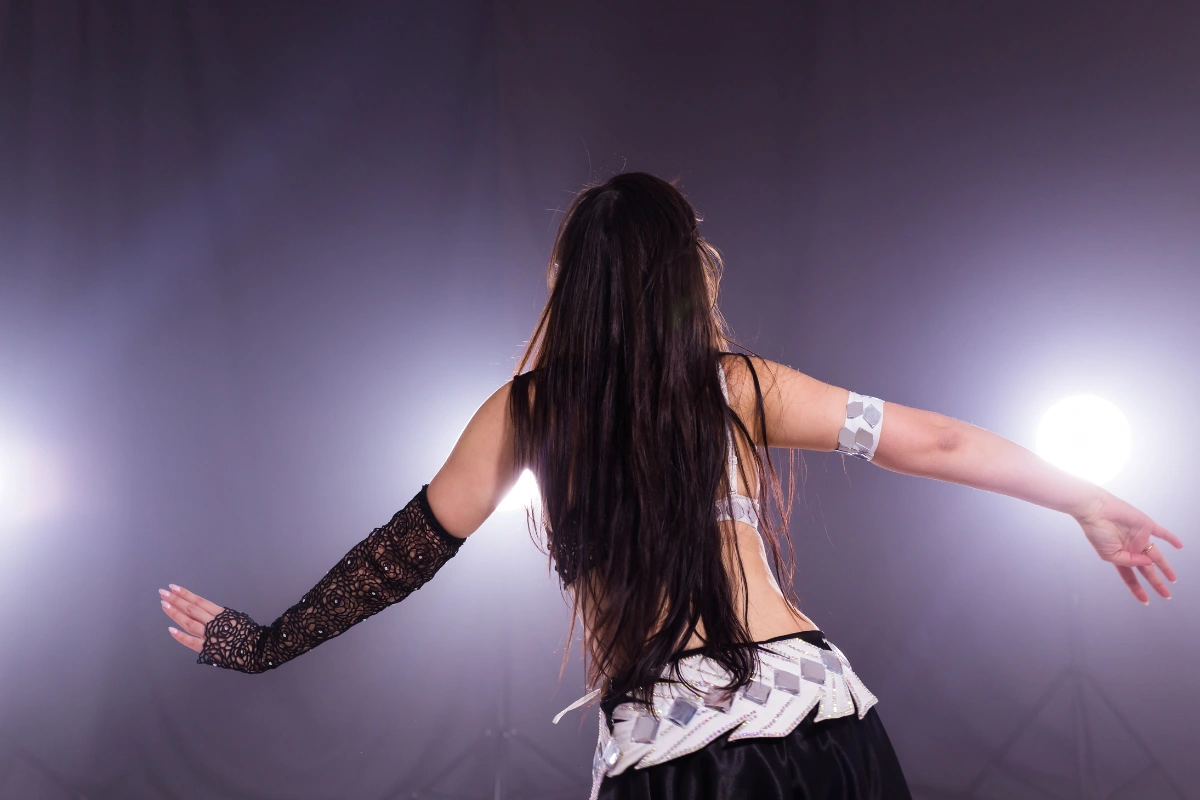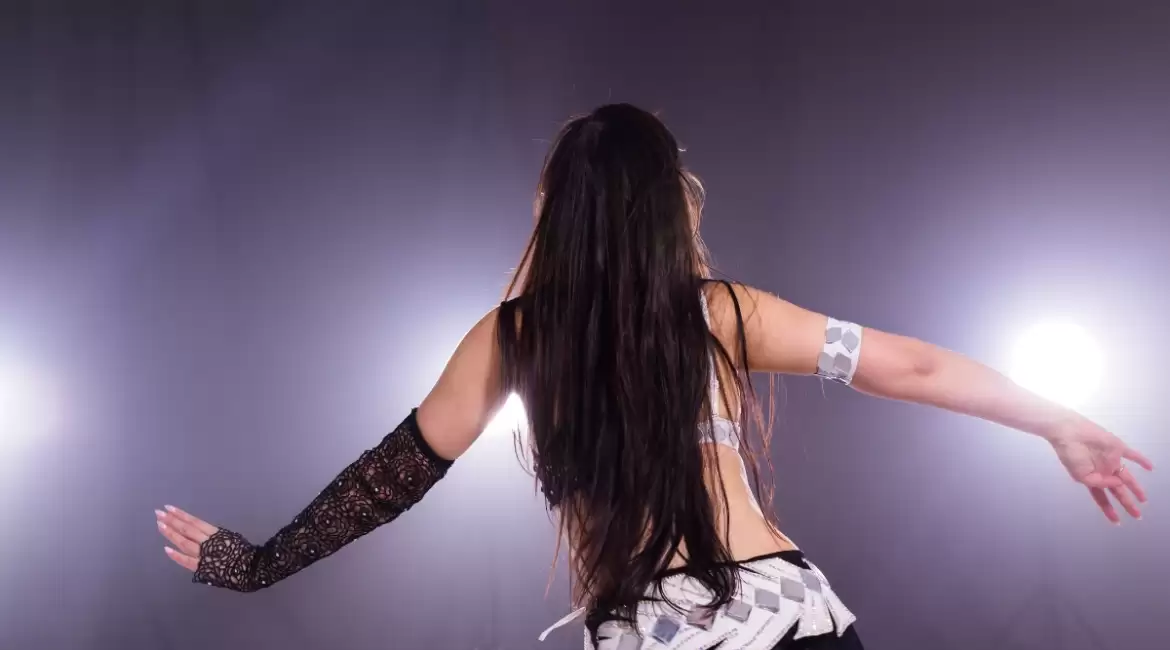Welcome to the journey of developing your body awareness! In this guide, we’ll explore the profound connection between mind and body, and how cultivating awareness of your body’s movements, sensations, and posture can enhance various aspects of your life. Whether you’re a dancer seeking to refine your technique, an athlete aiming to improve performance, or simply someone looking to connect more deeply with their physical self, the practices and techniques outlined here will empower you to unlock the full potential of your body. Let’s embark on this transformative journey together.
Body awareness in dance
Have you ever immersed yourself in a yoga session, where the gentle guidance of breath and movement intertwines with a profound sense of presence? In those moments, the objective transcends mere physical exercise; it delves into a holistic experience of being fully present in both mind and body.
Yoga teaches us the invaluable skill of body awareness – the conscious recognition and understanding of our bodily sensations, movements, and posture. It beckons us to inhabit each moment with mindfulness, fostering a deeper connection between our mental and physical selves.
Similarly, within the realm of dance, this synergy between mind and body is paramount. A dancer’s journey extends beyond mastering choreography; it encompasses an intricate dialogue between the mind, which comprehends the rhythm and narrative of the music, and the body, which serves as the vessel for artistic expression.
As dancers, we navigate through space with an acute awareness of our bodies – every extension, every gesture, imbued with intention and grace. It is this symbiotic relationship between mind and body that allows us to translate music into movement, transforming abstract melodies into tangible emotions.

How to improve body awareness?
To embark on the journey of improving body awareness, find a comfortable space where you can lay on the floor undisturbed. Close your eyes, allowing yourself to immerse in a state of relaxation. If you desire, play some soothing music in the background to enhance the ambiance of tranquility.
Begin by bringing your attention inward, focusing on each individual part of your body. With each breath, direct your awareness to a specific body part listed below, allowing yourself to fully immerse in the sensations and feelings associated with it.
- Arms: Visualize the length of your arms, from the shoulders down to the fingertips. Notice any tension or relaxation present in the muscles.
- Shoulders: Bring awareness to the broadness and stability of your shoulders. Roll them gently to release any built-up tension.
- Forearms: Feel the muscles elongate as you extend your forearms. Notice the subtle movements as you flex and relax them.
- Wrist: Focus on the delicate joint of your wrist. Rotate it gently to enhance circulation and flexibility.
- Fingers: Wiggle your fingers, observing the dexterity and range of motion in each digit.
- Fingertips: Delve into the intricate sensations of your fingertips as they lightly touch the surface beneath you.
Continue this process of exploration and awareness, gradually moving through each part of your body as listed:
- Legs: From the powerful thighs down to the nimble toes, feel the weight and strength of your lower extremities.
- Thighs: Sense the solidity and support provided by your thighs.
- Knees: Acknowledge the stability and flexibility of your knee joints.
- Calves: Notice any tightness or looseness in the calf muscles as you stretch and relax them.
- Ankles: Rotate your ankles, appreciating their role in balance and mobility.
- Feet: Ground yourself by connecting with the soles of your feet, feeling the stability and support they offer.
- Toes: Spread and curl your toes, exploring the intricate movements within your feet.
Body placement in dance
Let’s delve deeper into the exploration of body placement in dance through a series of exercises designed to cultivate a deeper understanding of focus, posture, and angles.
- Focus:
- Begin by finding a quiet, uninterrupted space where you can fully engage in this exercise.
- Stand tall with your feet hip-width apart, arms relaxed by your sides.
- Close your eyes and take a few deep breaths, centering your mind and focusing your attention inward.
- Visualize a point of focus in front of you, such as a spot on the wall or an imaginary object. Fix your gaze on this point, allowing your peripheral vision to soften.
- As you maintain your focus, become aware of the alignment of your body from head to toe. Notice any areas of tension or imbalance and gently adjust your posture to achieve a sense of alignment and stability.
- Hold this focused posture for several breaths, allowing yourself to embody a sense of presence and intentionality.
- Posture:
- Stand with your feet parallel, shoulder-width apart, and engage your core muscles to support your spine.
- Imagine a string attached to the crown of your head, gently lifting you upward towards the ceiling. Lengthen your spine and relax your shoulders down away from your ears.
- Take a moment to scan your body from head to toe, paying attention to your alignment. Ensure that your weight is evenly distributed between both feet and that your knees are soft, not locked.
- Experiment with different postures, such as a forward bend, a backbend, or a side stretch, while maintaining awareness of your body’s alignment and stability.
- Notice how each posture affects your breath, your sense of openness, and your overall physical presence.

- Angles:
- Stand facing a mirror or use a reflective surface to observe your body’s angles from different perspectives.
- Experiment with various dance positions, such as first position, second position, and fifth position in ballet, or parallel and turned-out positions in contemporary dance.
- Pay attention to the angles formed by your arms, legs, and torso in each position. Notice the lines and shapes created by your body and how they contribute to the overall aesthetic of the movement.
- Explore dynamic movements that involve changing angles, such as pliés, tendus, and arabesques, while maintaining fluidity and control.
- Use the feedback from the mirror to refine your alignment and explore ways to enhance the clarity and precision of your movements.
Focus on your body
Let’s expand on the concept of focusing on your body in dance, exploring its nuances and significance in enhancing performance and expression.
- Understanding Focus in Dance: In the realm of dance, “focus” encompasses more than just the direction your face is pointing. It encapsulates the intention and energy you project through your gaze, profoundly influencing the impact of your performance.
- The Power of Focused Expression: Timed impeccably with a committed facial expression, your focus possesses the remarkable ability to elevate or detract from the essence of a piece. It serves as a conduit for conveying emotion, narrative, and connection to the audience.
- Versatility of Focus: Whether you’re holding a static pose or navigating through intricate pathways, your focus can assume various orientations, each imbuing your movements with a distinct flavor and intention. While the default may often be towards the mirror, it’s essential to cultivate the flexibility to direct your focus in other directions as well.
- Exploring Focused Directions:
- To the Right/Left: Shifting your gaze towards the right or left can add depth and dimension to your performance, guiding the audience’s attention and creating dynamic visual compositions.
- Up/Down: Altering your focus vertically opens up new possibilities for exploration, allowing you to play with levels and spatial dynamics within your choreography.
- Diagonals (“45s”): Embracing diagonal lines in your focus adds intrigue and sophistication to your movements, invoking a sense of angular momentum and directionality.
- Visualizing Focused Angles: To conceptualize the nuances of focused angles, envision the space around you as a vast Cartesian plane, reminiscent of a mathematical graph. The corners of the room represent the “diagonals” or “45s,” while the x-axis and y-axis denote the horizontal and vertical dimensions, respectively. By visualizing your focus within this framework, you gain a deeper understanding of its spatial relationships and expressive potential.
Try these body awareness activities
Let’s dive into a series of engaging body awareness activities designed to enhance your kinesthetic understanding and spatial perception:
- Neck Stretch Sequence:
- Start by syncing your movements to the rhythm of a song, allowing its beat to guide your actions.
- Begin with gentle neck stretches, turning your head to the right, then to the left, in a rhythmic pattern. Repeat this sequence several times, feeling the subtle release of tension in your neck muscles.
- Transition smoothly to vertical stretches, directing your gaze upward and then downward, following the tempo of the music. Explore the full range of motion as you elongate your neck muscles in each direction.
- Next, introduce diagonal stretches, tilting your head towards the corners of an imaginary square. Feel the stretch along the sides of your neck as you navigate these diagonal pathways.
- Conclude the sequence by rolling your neck in a circular motion, tracing a large circle with your eyes as you rotate. Experiment with clockwise and counterclockwise movements, allowing each rotation to flow seamlessly into the next.

- Focus Changes:
- As you engage in choreographed movements, be mindful of the natural shifts in focus that occur organically with each step and gesture. Notice how your attention intuitively follows the trajectory of your movements, guiding your gaze and enhancing your spatial awareness.
- Occasionally, choreographers may specify particular moments within a routine to emphasize specific focal points or combinations. These designated “pictures” and sequences help to highlight key moments of expression and storytelling within the choreography.
- Embrace these opportunities to refine your focus and intentionality, allowing your gaze to amplify the emotional resonance of your movements. By honing in on these prescribed focal points, you deepen your connection to the narrative and aesthetic of the piece, elevating its overall impact.
Summary
Developing body awareness is about cultivating a deeper understanding of the connections between mind and body. In this guide, we explore techniques to enhance awareness of movement, posture, and sensations. Whether you’re a dancer, athlete, or simply seeking greater self-awareness, these practices offer transformative benefits for unlocking your body’s full potential.


Leave a reply